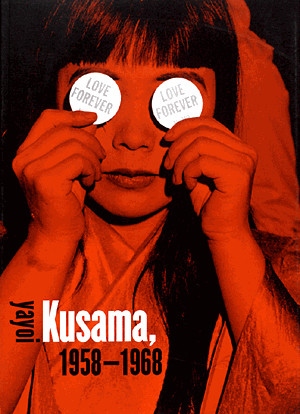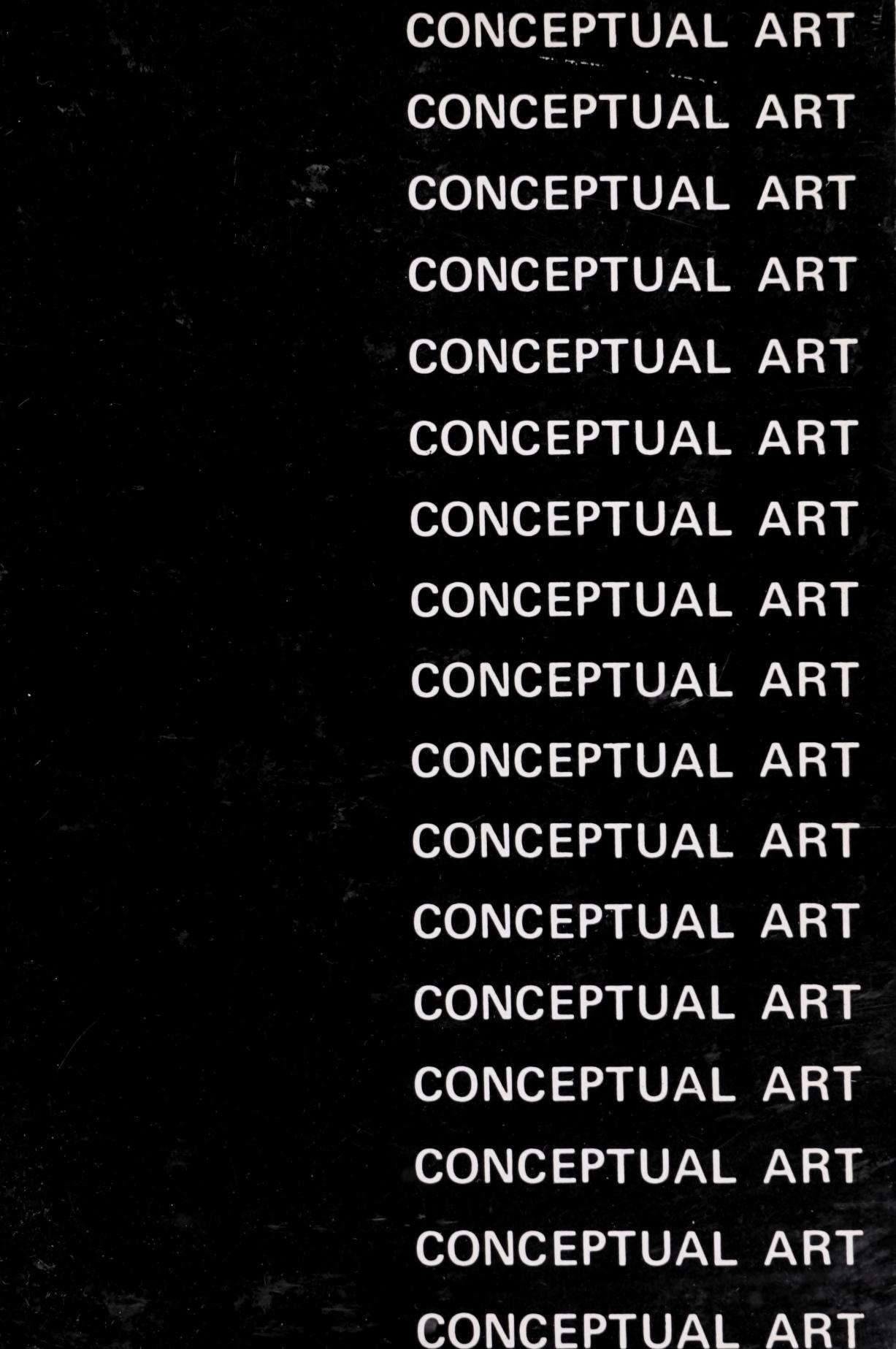Love Forever: Yayoi Kusama, 1958-1968 (1998) [EN, JP]
Filed under catalogue | Tags: · art, collage, installation art, minimal art, painting, performance art, pop art

Yayoi Kusama’s work combines elements of expressionism, minimalism, surrealism and pop art.
“Although an active experimental artist throughout her time in New York during the ’50s and ’60s, Kusama had been largely forgotten by the United States public after her return to Japan in the ’70s. That is, until her artwork began circulating across the US and globe again in the mid-’90s. One of these major retrospectives, Love Forever: Yayoi Kusama, 1958-1968, was co-organized by the Los Angeles Museum of Art and The Japan Foundation, and travelled from Los Angeles to New York City and to Minneapolis.
Kusama described this moment in her autobiography Infinity Net: “My exhibition at Robert Miller Gallery that year… won an AICA award. A review in Time Out said that ‘Kusama has kept out of sight, ensconcsed in her own infinite world, but now she’s back to reclaim her rightful place in the history of postmodernism…’ But the biggest highlight came in March 1998 when Love Forever opened at the Los Angeles Museum of Art. This grand retrospective cemented the reassessment of Kusama as a major avant-garde artist. It included some eighty pieces and had taken five years to compile.””
With essays by Lynn Zelevansky, Laura Hoptman, Akira Tatehata, and Alexandra Munroe.
Publisher Los Angeles County Museum of Art, Los Angeles, 1998
ISBN 087587181X, 9780875871813
195 pages
via MoMA
Online companion to exhibition (MoMA)
WorldCat
PDF (English, 1998)
PDF (Japanese, 1999)
Germano Celant: Art Povera (1969)
Filed under book | Tags: · art criticism, art history, arte povera, conceptual art, installation art, sculpture

Critical / photographic book documenting the “Art Povera / Arte Povera” movement. Includes short text followed by photographs for each artist: Walter de Maria, Michelangelo Pisteletto, Stephen Kaltenbach, Richard Long, Mario Merz, Douglas Huebler, Joseph Beuys, Eva Hesse, Michael Heizer, Ger van Elk, Lawrence Weiner, Luciano Fabro, Bruce Nauman, Joseph Kosuth, Jan Dibbets, Giovanni Anselmo, Robert Barry, Pier Paolo Calzolari, Dennis Oppenheim, Barry Flanagan, Robert Smithson, Giulio Paolini, Reiner Ruthenbeck, Alighiero Boetti, Giuseppe Penone, Franz Erhard Walther, Hans Haacke, Gilberto Zorio, Robert Morris, Marinus Boezem, Carl Andre, Emilio Prini, Richard Serra.
“This book does not aim at being an objective and general analysis of the phenomenon of art or life, but is rather an attempt to flank (both art and life) as accomplices of the changes and attitudes in the development of their daily becoming. This book does not attempt to be objective since the awareness of objectivity is false consciousness. The book, made up of photographs and written documents, bases its critical and editorial assumptions on the knowledge that criticism and iconographic documents give limited vision and partial perception of artistic work. The book, when it reproduces the documents of artistic work, refutes the linguistic mediation of photography. The book, even though it wants to avoid the logic of consumption, is a consumer’s item. … This book produces a collection of already old material. … In this book there is no need to reflect in order to seek a unitary and reassuring value, immediately refuted by the the authors themselves, rather there is the necessity to look into it for the changes, limits, precariousness and instability of artistic work.” (from Celant’s introduction “Stating That.”)
First published in Italian by Gabriele Mazzotta Publishers, Milan, 1969.
Publisher Praeger Publishers, New York, 1969
240 pages
Review: John Moffitt (Art J, 1970).
PDF (86 MB, no OCR)
Internet Archive (added on 2023-7-7)
Ursula Meyer: Conceptual Art (1972)
Filed under book | Tags: · art, conceptual art, installation art, performance art

A compendium of conceptual works and texts by 40 artists.
Publisher E.P. Dutton, New York, 1972
ISBN 0525472711, 9780525472711
xx+227 pages
Review: Donald Brook (Leonardo, 1975).
PDF (49 MB, no OCR)
Comment (0)
